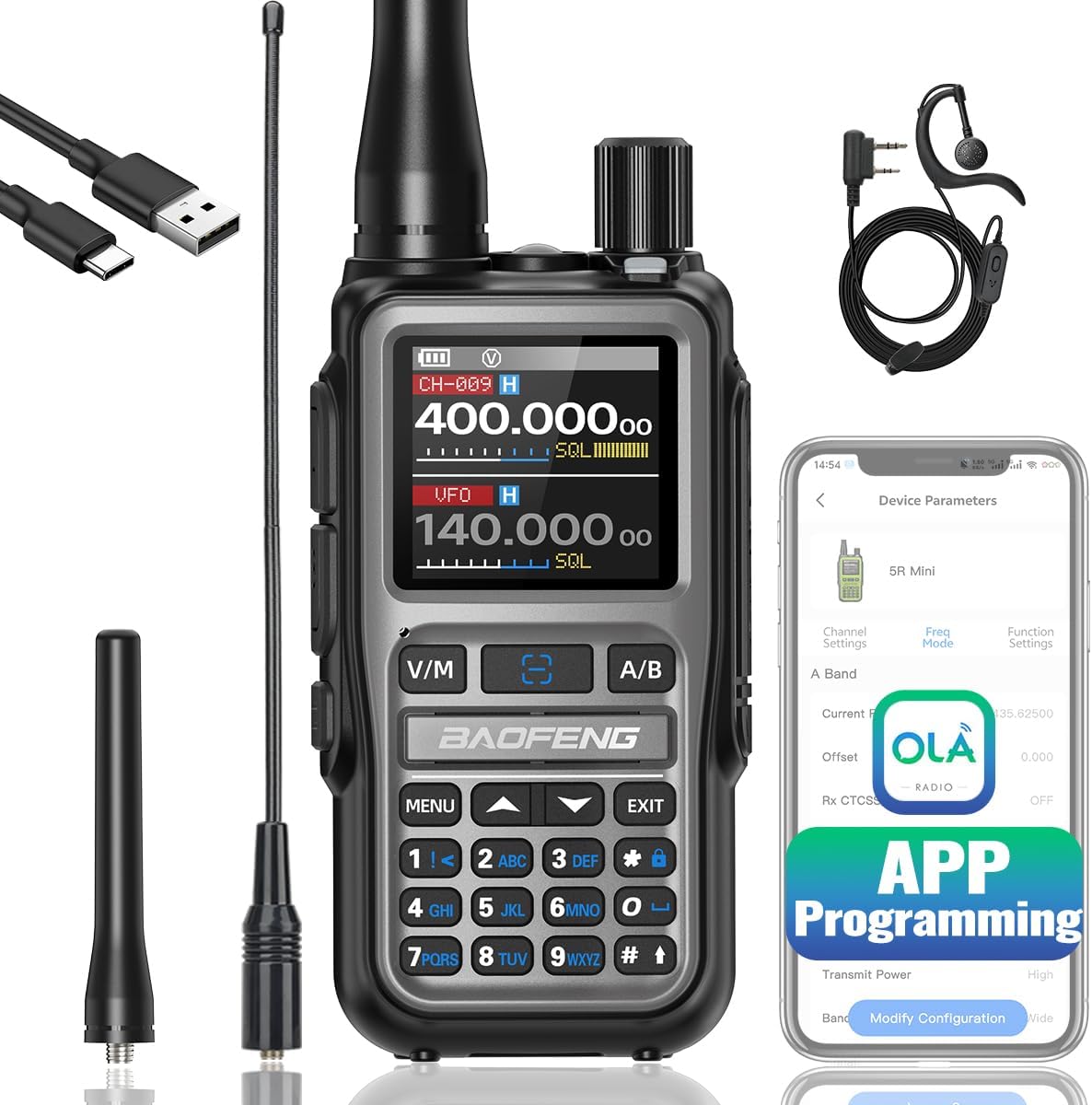
Amateur radio is a fascinating hobby that opens doors to a vibrant community, technical challenges, and even opportunities to contribute to public safety. Among the many ways to engage in this field, Skywarn and RACES (Radio Amateur Civil Emergency Service) stand out for their focus on emergency communication and weather spotting. If you're interested in getting involved, this post will guide you through what these programs are all about and how you can become an active participant.
What is Skywarn?
Skywarn is a volunteer program developed by the National Weather Service (NWS) that trains amateur radio operators to observe and report severe weather conditions, such as tornadoes, thunderstorms, and flash floods. These reports provide real-time information to meteorologists, enhancing their ability to issue timely warnings and save lives.
Benefits of Joining Skywarn:
- Community Impact: Your observations can directly influence public safety and emergency response efforts.
- Training Opportunities: You’ll receive training from experienced meteorologists and emergency personnel, learning how to identify severe weather patterns.
- Networking: You’ll meet like-minded individuals who share your passion for amateur radio and weather phenomena.
What is RACES?
RACES is a program that provides a framework for amateur radio operators to support civil defense and emergency management agencies during disasters. RACES volunteers can be called upon to provide communication support when traditional systems fail.
Benefits of Joining RACES:
- Serve Your Community: Help maintain critical communication links during emergencies, ensuring vital information flows between agencies.
- Skill Development: Gain valuable skills in emergency communication and radio operation under pressure.
- Emergency Preparedness: Participate in drills and exercises that enhance community readiness for various disaster scenarios.
How to Get Involved
Step 1: Get Licensed
Before you can participate in Skywarn or RACES, you’ll need to obtain an amateur radio license. The first step is to pass the Technician Class exam, which covers basic radio theory, regulations, and operating practices. Many local clubs offer classes and study sessions to help you prepare.
Step 2: Join a Local Amateur Radio Club
Connect with local amateur radio clubs that are active in Skywarn and RACES. These clubs often organize training sessions, meetings, and community events. They can provide valuable resources and mentorship as you begin your journey.
Step 3: Attend Skywarn Training Sessions
Look for Skywarn training sessions in your area, typically offered by local NWS offices. These sessions will teach you about severe weather spotting, reporting techniques, and safety protocols. Participation will not only enhance your skills but also formally connect you to the Skywarn network.
Step 4: Register for RACES
Once you have some experience, consider registering for RACES through your local emergency management office. This may involve additional training or background checks, as you’ll be working closely with emergency services.
Step 5: Get Active!
Stay engaged by participating in regular nets (scheduled radio check-ins), drills, and local events. As you become more comfortable, you might even consider taking on leadership roles within your local club or the Skywarn/RACES program.
Final Thoughts
Getting involved in amateur radio, particularly through Skywarn and RACES, is an incredible way to contribute to your community while pursuing a rewarding hobby. The skills you develop not only enrich your own knowledge but also play a critical role in emergency preparedness and response efforts. So, grab your radio, connect with local enthusiasts, and become part of a vital network that makes a difference in times of need!
Whether you’re a seasoned operator or just starting out, the world of amateur radio offers endless possibilities for learning, service, and connection. Happy transmitting!
ROCK SOLID SAVINGS ON HANDHELD RADIOS

